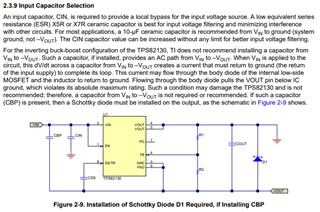Other Parts Discussed in Thread: TPS62913, TPS82130
Hi,
I'd like to know the following things about the VOUT ripple data of TPS62913-IBB-EVM.
About Figure 2-2. Output Voltage Ripple, Measured at J5 (After Ferrite Bead), when you captured the waveform, where was the FB line connected to after the ferrite beads or before?
Regards,
Go


